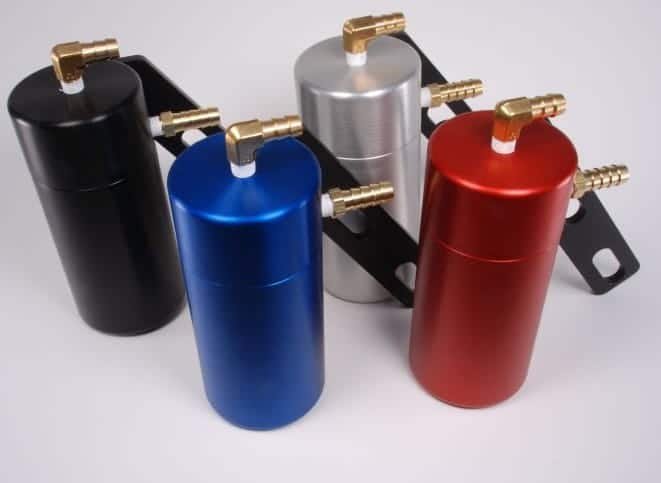There are a few different designs when it comes to oil cans. Oil separators are included in this category and are equipped with PCV systems in their vehicles.
The cause of the problem that all cars bring to some degree is called Blow By.
As the fuel gas expands, the pressure from the combustion travels through the piston rings and finds its way to the crank.
The rotation of the rotating assembly and the preexisting positive pressure in the crankcase push a significant amount of oil into the vapor inhaler, creating positive pressure.
Installing an oil catch can is not a difficult task at all, but many people can’t do it. Thinking about all of them, we will now try to highlight step-by-step guidelines on how to install an oil catch can. So let’s get started.

The Process of How to Install an Oil Catch Can
Step 1
Run the lines from each vent to the LS valve covers that will run up to the catch, which may have fittings on either side.
Can be caught anywhere in the bay of the engine The catch can be mounted on the bracket, which secures the remote thermostat housing in place.
This position allows easy access to the drain at the bottom of the can and gives you a great way to follow the lines from the vents.
Step 2
You can use a push on the fitting to make connections to the grip. The first line connects the valve cover vents on the driver’s side, and they are routed to the bottom of the manifold and connected to the dash 6 fittings with cache cans.
The passenger side line attaches to the vent tube, the coolant runs up to the hose, and the other fitness of the can is attached to the top of a respirator catch and is secured with a clamp.
Step 3
Remember, an oil separator does not have a breath, and it will be part of the closed PCV system. Any vehicle, including PCVs, can benefit from an oil separator, as oil vapors will always find a way to be consumed.
Conclusion
What do you think? Is installing an oil catch can is a hard task or not? Obviously Not, right? We have tried to explain in detail in our article how to install an oil catch can.
Hopefully, this small effort of ours will help you enough to make this task easier for you. Thank you all.



